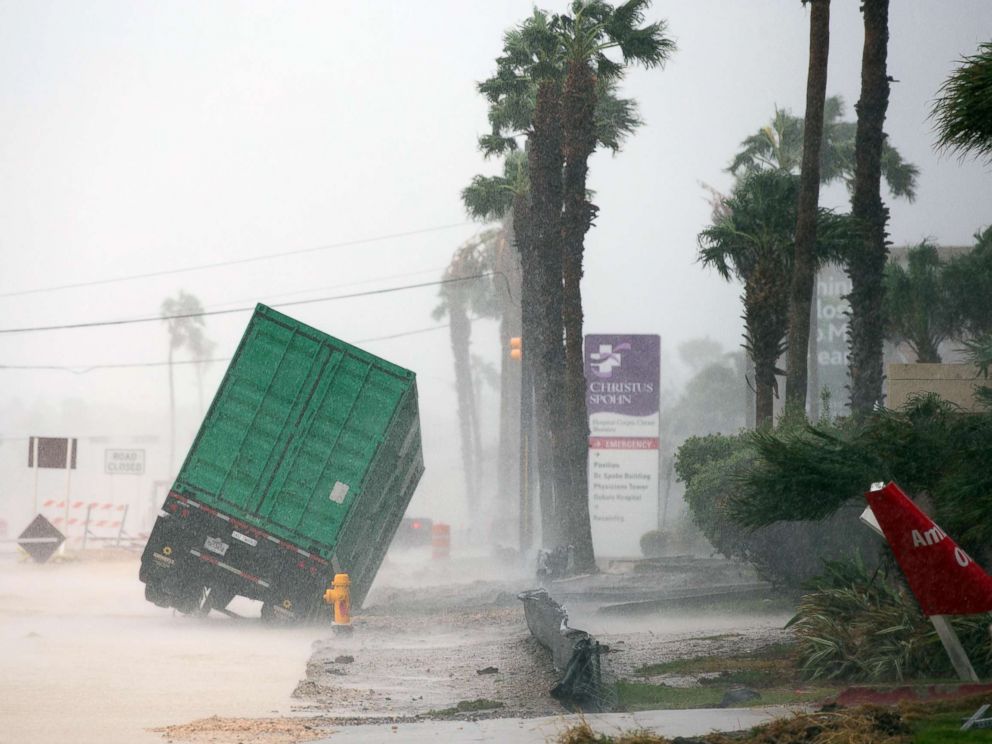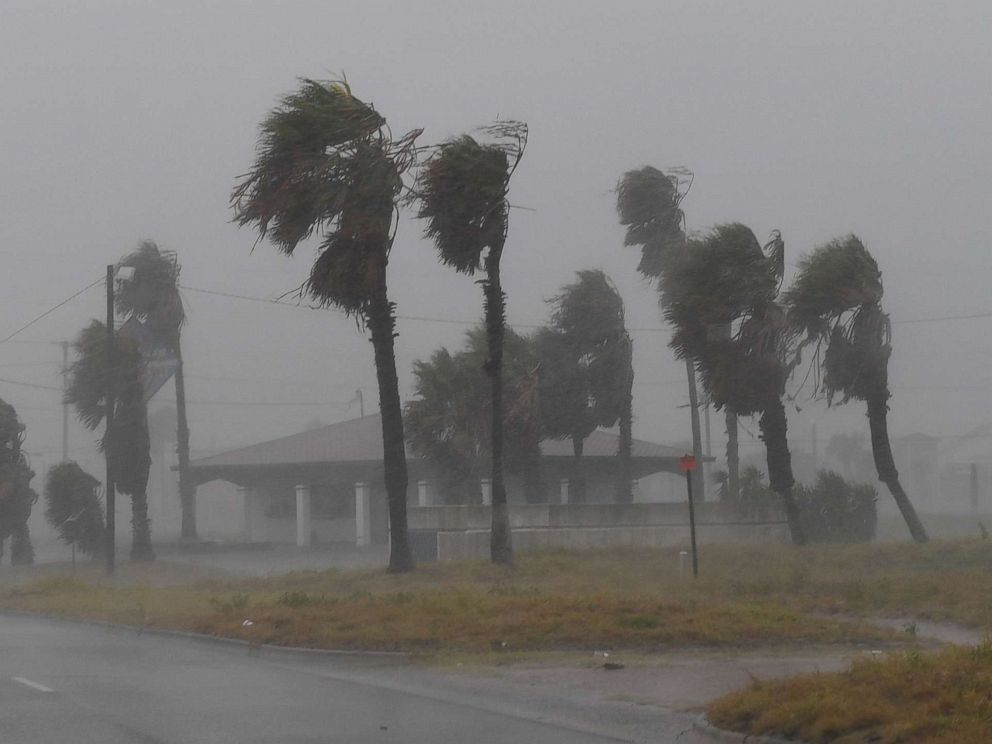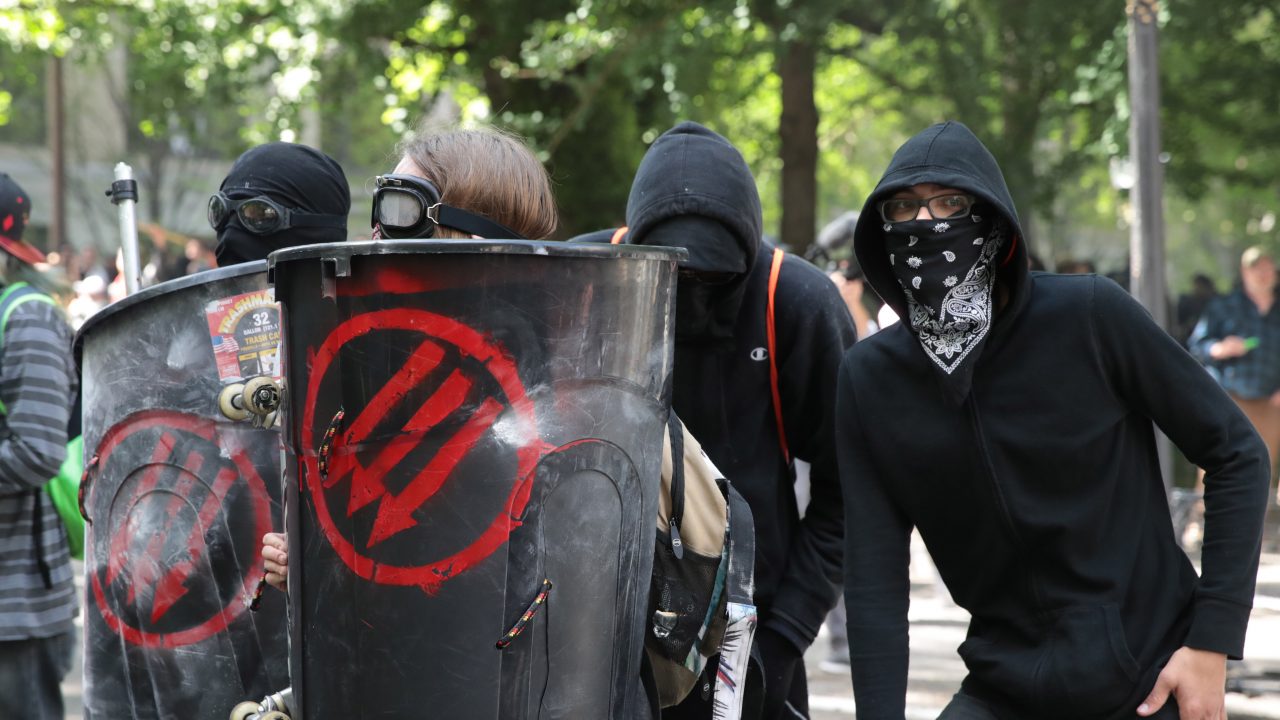ROCKPORT, Texas: (Reuters) – The most powerful storm to hit Texas in more than 50 years dumped torrential rains as it progressed inland on Saturday, threatening floods throughout the state and in Houston . This has made Harvey a Category 4 hurricane and second-highest category and most powerful storm in over a decade to come ashore anywhere in the mainland of United States.
Tropical Storm Harvey is expected to lash Texas for days, bringing as much as 40 inches (102 cm) of rain after battering the coast when it came ashore on Friday. The storm has also triggered tornadoes and flash floods.
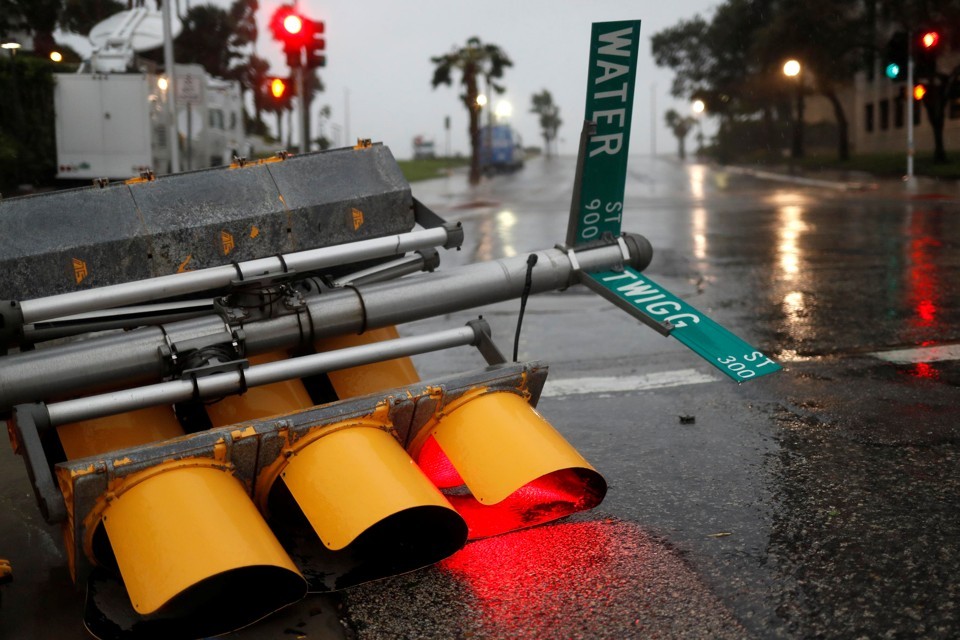
A street down knocked down during the wake of Hurricane Harvey in Corpus Christi, Texas. Credit: Adrees Later/Reuters
President Trump, facing the first big natural disaster of his term, said on Twitter he signed a disaster proclamation that “unleashes the full force of government help” shortly before Harvey made landfall.
“You are doing a great job – the world is watching,” Trump said on Saturday in a tweet referring to the Federal Emergency Management Agency (FEMA), which coordinates the response to major disasters.
Texas utility companies said nearly a quarter of a million customers were without power. Harvey destroyed many homes and damaged many commercial buildings. The wind ripped off roofs and smashed windows.
Harvey was the strongest storm to hit the state, the center of the U.S. oil and gas industry, since 1961. It came ashore as a hurricane with winds of 130 miles per hour (209 km per hour).
There were no reported fatalities, Texas Governor Greg Abbott said on Saturday. Abbott said he will activate 1,800 members of the military to help with the cleanup while 1,000 people conduct search-and-rescue operations.
The seaside town of Rockport, 30 miles (48 km) north of the city of Corpus Christi, took a direct hit. The streets were flooded and strewn with power lines and debris on Saturday. At a recreational vehicle sales lot, a dozen vehicles were flipped over and one had been blown into the middle of the street.
The streets of Corpus Christi, which has around 320,000 residents, were deserted on Saturday, with billboards twisted and strong winds still blowing. City authorities asked residents to reduce use of toilets and faucets because power outages left waste water plants unable to treat sewage.
A drill ship broke free of its mooring overnight and rammed into some tugs in the port of Corpus Christi, port executive Sean Strawbridge said. The crews on the tugs were safe, he added.
The city was under voluntary evacuation ahead of the storm.
Storm Weakens As It Heads Inland
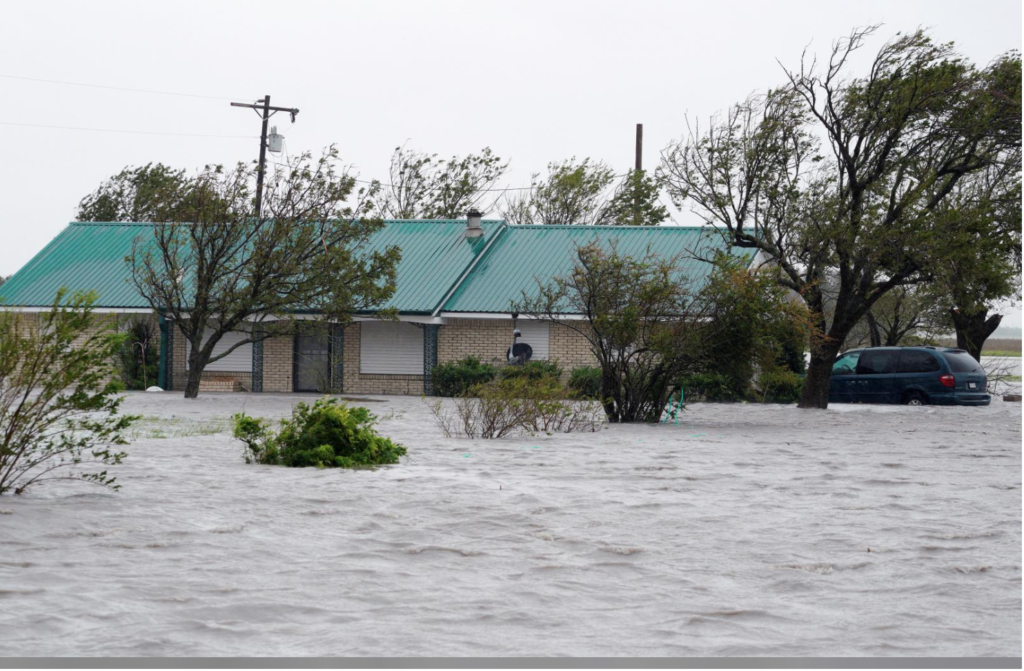
A house submerge in the floods as Hurricane Harvey shows no sign of ebbing. in Corpus Christi, Texas. Credit: Wilking
Harvey weakened to tropical storm from hurricane strength on Saturday, the U.S. National Hurricane Center said. The center of the storm was about 170 miles (241 km) west-southwest of Houston, moving at about 2 mph (4 kph), the center said in a morning update.
Houston is the fourth most populous city in the United States and home to a third of the 6 million people that could be impacted by Harvey.
Residents of the city received automatic cell phone warnings of flash floods early on Saturday. Authorities warned of the potentially life-threatening impact of close to 20 inches (60 cm) of rain falling on the city over several days. The storm’s outer bands had already dumped six inches of rainfall on parts of the city by early Saturday afternoon.
The latest forecast storm track has Harvey looping back toward the Gulf of Mexico coast before turning north again on Tuesday.
The size and strength of Harvey dredged up memories of Katrina, the 2005 hurricane that made a direct hit on New Orleans as a Category 3 storm, causing levees and flood walls to fail in dozens of places. About 1,800 died in the disaster made worse by a slow government emergency response.

